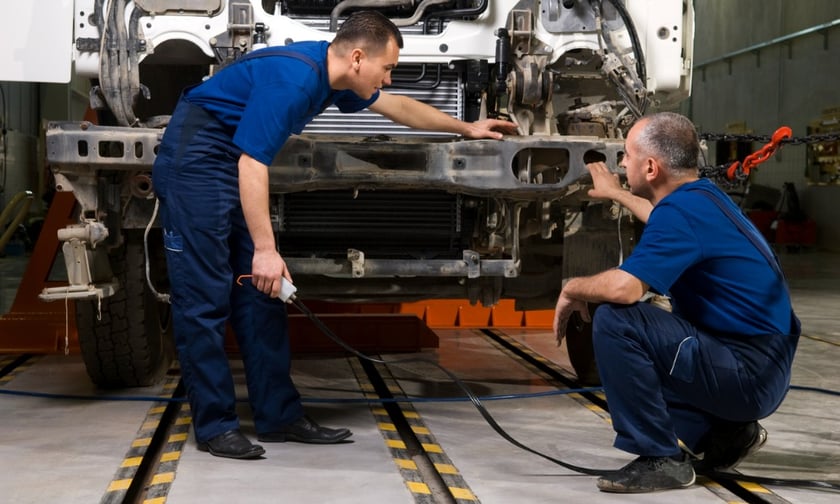

Electric vehicles (EVs) in Australia are increasingly being declared total losses after minor accidents due to a critical shortage of skilled mechanics and the necessary parts, as well as outdated regulatory frameworks.
According to a report by The Guardian, this trend is forcing insurers to scrap EVs rather than repair them, which is driving up insurance costs for owners.
A significant issue is the specialised nature of EV repairs, especially concerning battery systems.
Matt Hobbs, CEO of the Motor Trades Association of Australia (MTAA), expressed concern over the industry’s lag in adopting necessary skills.
“When you look at the need to upskill the industry, we’ve got a problem and we’ve had one for a while,” he told The Guardian. “It’s not necessarily obvious on any car what the damage is underneath. Now when you’ve got a 400-volt battery and you’re looking under a panel … you need to depower the battery, remove it, then re-energise it … to safely work an EV.”
According to data from the Australian Automotive Service and Repair Authority (AASRA), only about 10% of repairers are qualified to service EVs.
The Insurance Council of Australia (ICA), as reported by The Guardian, acknowledged that these mechanic shortages lead to lengthy delays and, in some cases, necessitate long-distance transportation of EVs to the nearest certified repair facility, increasing overall costs. A lack of readily available spare parts, especially for newer brands and models, also complicates and lengthens the repair process.
The insurance watchdog is advocating for changes in legislation to allow more damaged EVs to be repaired rather than scrapped, citing the need to adapt regulations to current technologies and repair capabilities.
On the bright side, recent market research expects the global electric and hybrid vehicle insurance market to experience substantial growth through 2030.
